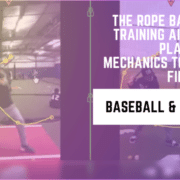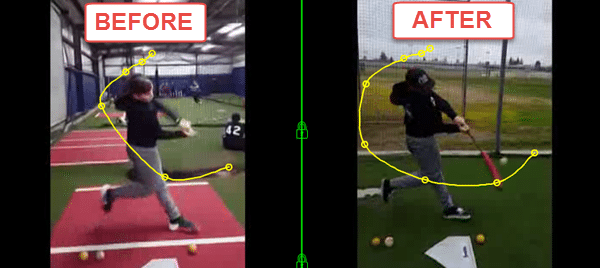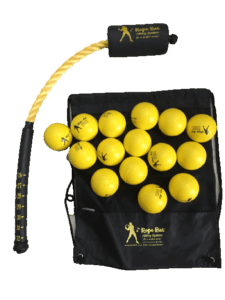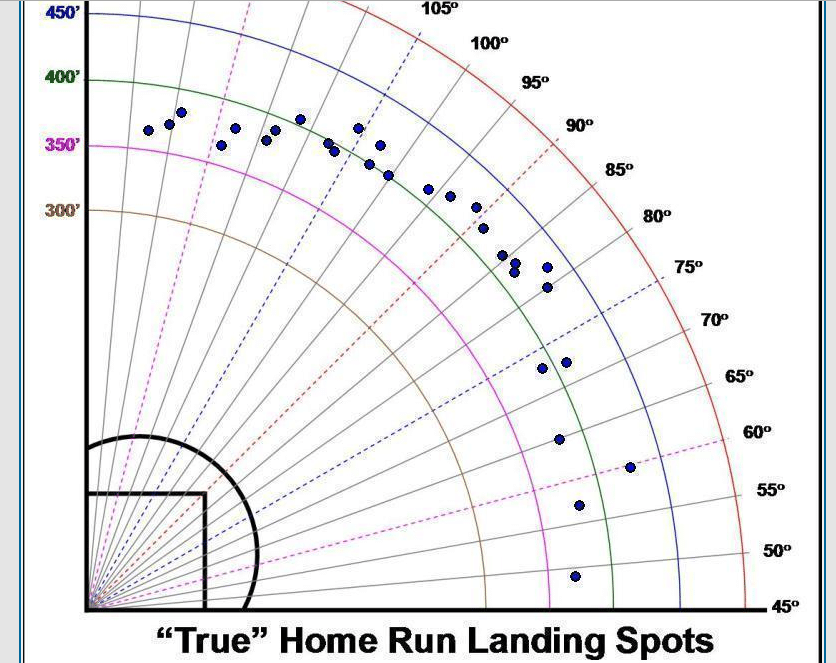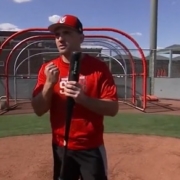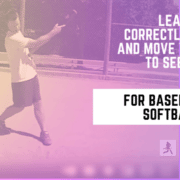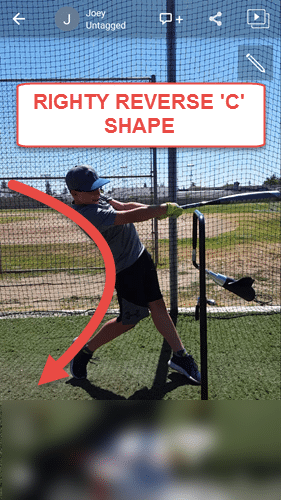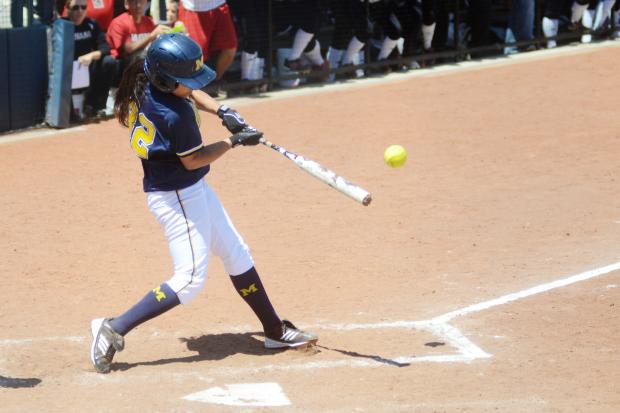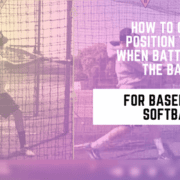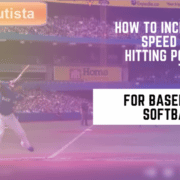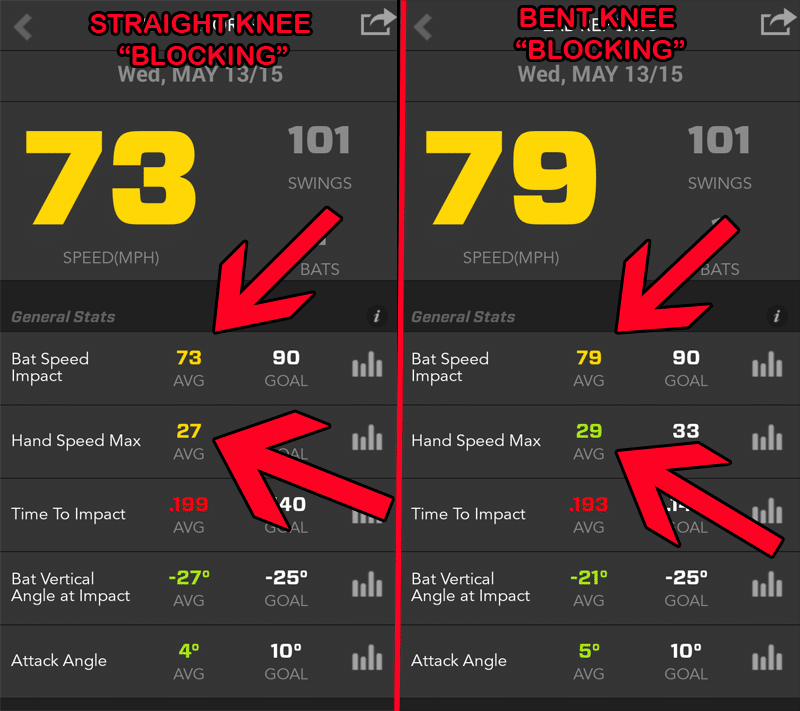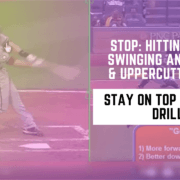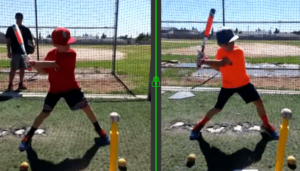Discover where to find the best private hitting lessons near Fresno or Clovis, CA for youth baseball and fastpitch softball beginner hitters.
Part-2: Dramatically Reduce Time To Impact Without Losing Power
- Part 1 – Dramatically Cut Your Hitter’s Learning Curve In Half By Doing This…
- Part 2 – [You Are Here] Dramatically Reduce Time To Impact Without Losing Power
- Part 3 – How To Develop Powerful Wrist Snap Like Hank Aaron (Is Devastating For Pitchers)
Here’s Part-2 – a continuation of – a three part series showcasing a local lesson of mine…
I get questions every week on how I’d run a practice or one-on-one session. This is an over-the-shoulder look. The main objective of this video series is to demonstrate how I use some of the “sticky” coaching principles covered in this post, and in my new book The Science Of Sticky Coaching: How To Turn Ordinary Athletes Into Extraordinary.
In case you missed the background information of Part-1,
Zack is a 14-year-old hitter from Visalia, California, which is approximately an hour drive from me. And this is the first time I worked with him since about a year ago. We’ve had about half a dozen session together in total. And what I like about Zack is he asks a lot of really good questions during our sessions.
And before we started this session, Zack was having a challenge with hitting line drives. He was either hitting the ball on the ground or non-productive balls in the air.
DISCLAIMER about the video:
- Fortunately the video quality is great because Dad used his GoPro, but unfortunately I wasn’t mic’d up, so the audio isn’t like some of my other videos.
- We’re at a public High School on a Saturday afternoon, so there are other team noises, bird sounds, emergency vehicles, etc. going on in the background that can be distracting.
Sadly, a few coaches on the socials will be overly critical of this hitter, and I’m asking you to suspend judgement. The purpose of this video IS NOT about being overly critical of the hitter’s swing, it’s about the demonstration and use of sticky coaching principles.
Swing and coaching suggestions are welcome, but be nice coaches.
Now, for those coaches looking to learn and help their hitters get better…ONWARD…again!
A typically lesson I do, is organized like the following, from start to finish:
- Dynamic warm-up,
- Beginning Ball Exit Speed readings,
- Record and analyze current swing,
- Lesson, and
- Ending Ball Exit Speeds readings.
Part-2 lands you at #4 above.
What you can look out for in above video
- Talking about lowering Zack’s hands to not get above armpit line to landing – benefits of (about 1-min mark),
- Why a “flat bat” at stride landing can feel heavier than a more vertical bat. Center mass of bat in relation to center mass of hitter (about 4-min mark),
- Getting into a more Hunched or Hollowed Position at the start of the swing. CLICK HERE to see tips and benefits of the Hollow Hold from BreakingMuscle.com, and CLICK HERE for the Hollow Hold exercise Zack did during warm-ups (about 9:30 mark), and
- Intro to the first time working out new hitting material, varying the “Wrist Snap” using the red ankle resistance band – THANK YOU LEE. Objective with Wrist Snap is to snap over the red band and to hit the ball as hard and as far as you can. (about 16:00 mark)
Also, when it comes to sticky coaching principles, notice how I:
- Move the tee positioning around after every swing (both high/low and inside/outside),
- Vary soft toss heights and depths,
- Vary mechanics on certain swings in a 5-swing round (I call these Varied Rounds), or practice one thing the whole round (I call these Block Rounds),
- Ask quite a few feel, visual, and/or audio feedback questions AFTER round is over (think of it like a hitting quiz),
- Keep my mouth shut during the 5-swing round (little to no feedback from me),
- Don’t make Zack take a lot of swings during our time together,
- Chunking certain movement together, so they don’t seem like separate pieces,
- Have him change his bat size during rounds, and
- Work with him on simplifying the juggling of a couple different mechanical cues.



